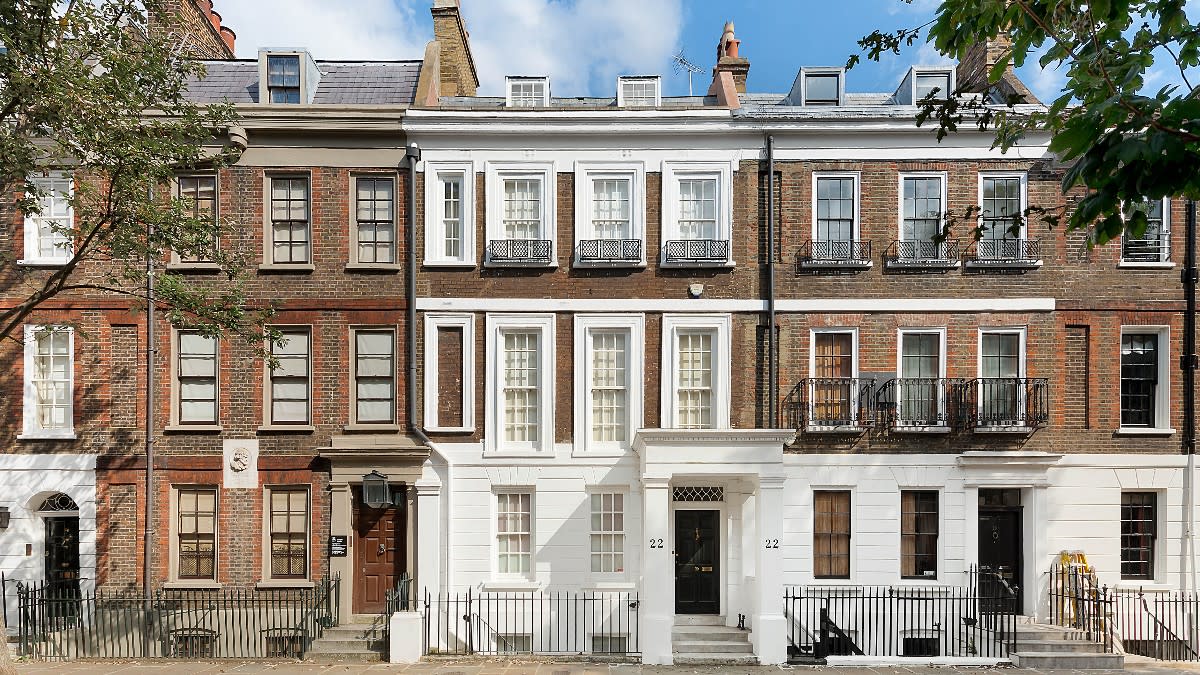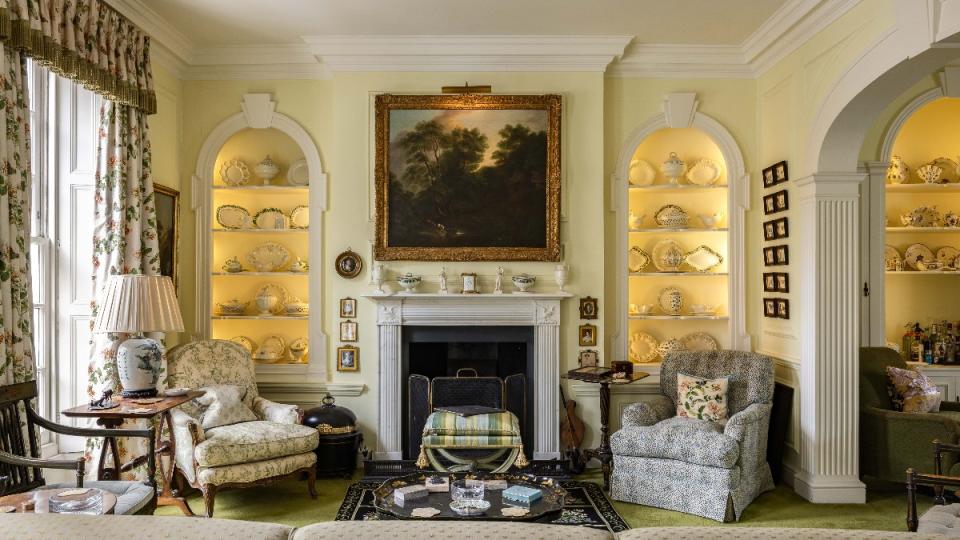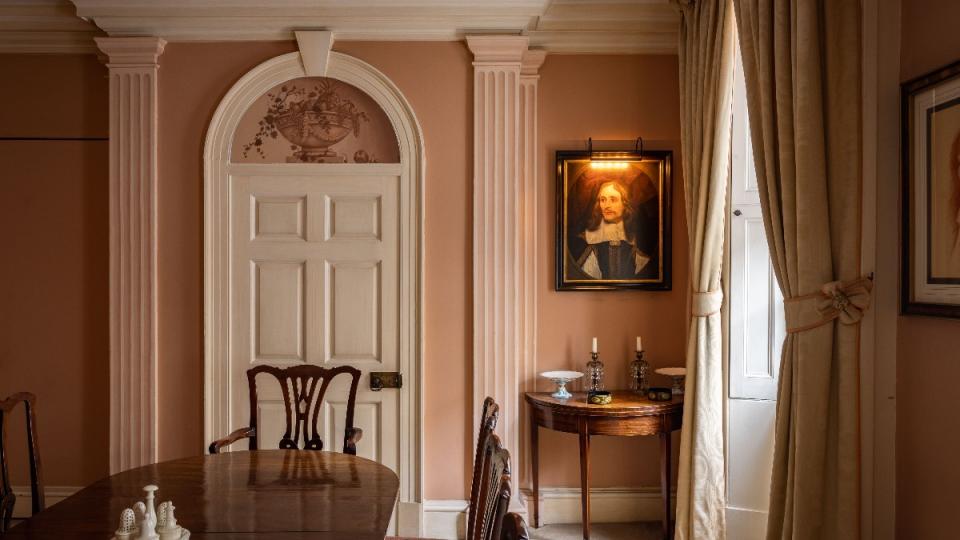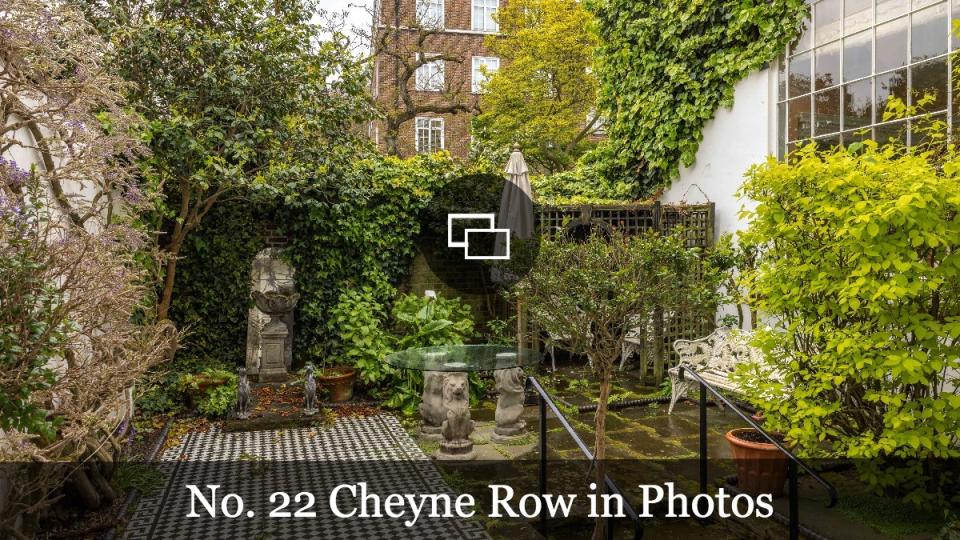This $10 Million London Townhouse Was Once Home to the Namesake of the U.K.’s Most Popular Tea

- Oops!Something went wrong.Please try again later.
- Oops!Something went wrong.Please try again later.
Despite there being no shortage of centuries-old homes in London, there are not so many that carry a vaunted pedigree and have also been suitably renovated for modern living. Among those is a Grade II-listed home at No. 22 Cheyne Row that recently hit the market with Chelsea Green of John D. Wood & Co. for $10 million.
Situated in London’s posh Chelsea neighborhood, the 3,800-square-foot Queen Anne-style residence was first built in 1708 and was the home of renowned English physician Richard Meads, who tended to Queen Anne on her deathbed in 1714 and was appointed as the head physician to George II in 1727. Later, it became home to the 2nd Earl Grey, Charles Grey, who served as Prime Minister from 1830 to 1834 and oversaw the Great Reform Act of 1832 along with the abolition of slavery in the British Empire in 1833. The world-famous Earl Grey tea was named after him.
More from Robb Report
Home of the Week: A $25 Million Private Island in Connecticut That's Just 40 Minutes From Manhattan
Architect James N. Conway's Personal Home in Los Angeles Is Up for Grabs at $4 Million
Millionaires Are Expected to Leave the U.K. in Droves This Year: Report

Considered the U.K.’s most popular tea, Earl Grey—a citrus- and floral-infused black tea—was popularized by the English but isn’t actually an English invention. Instead, like many scented and flavored teas, Earl Grey’s blend is a Chinese creation. The story goes that Grey received a gift of tea from China that was flavored with bergamot oil and asked British tea merchants to recreate it. Thus, Earl Grey tea was born.
The history of the Cheyne Row home doesn’t stop there. The Berry family, proprietors of the oldest wine merchant in Britain, Berry Bros. & Rudd, the official supplier of wine to the royal family since 1903, are the most recent stewards of the elegantly appointed home, which is listed for the first time in 40 years.
During the Berry family’s ownership, they made some renovations to the layout and, naturally, added a wine cellar. The five-story townhouse stands out on the street for its stucco-columned portico, and once inside, you’re met with the formal dining room and the “morning room,” a common room in the 18th and 19th centuries where the lady of the house would receive guests. It’s also typically the sunniest room in the house. This level also features a quaint kitchen with access to a leafy garden terrace, which is covered in trees, wild landscaping, and vines. There’s also a trellised seating area.

The home boasts high ceilings throughout, as well as carved columns around each doorway. The interiors feature heavily printed wallpaper and curtains—a charming touch for a historic English house—and no two rooms look the same. Most of the home’s entertaining spaces lie on the second floor, where a light-filled drawing room connects to a more intimate sitting room. There are restored original crown moldings, archways embellished with carved motifs, built-in shelves and cabinets, and French doors that open to a balcony.
The entire third floor is dedicated to the spacious primary suite, which has three oversized French windows, a large walk-in closet, and a private bathroom. Finally, the fourth floor features the additional bedrooms, one with statement-making wallpaper that covers both the walls and ceilings to dramatic effect. The lower level houses a study, which could easily be converted into a fourth bedroom, and the wine cellar added by the Berry family.
Click here for more photos of No. 22 Cheyne Row.
Best of Robb Report
Sign up for Robb Report's Newsletter. For the latest news, follow us on Facebook, Twitter, and Instagram.


